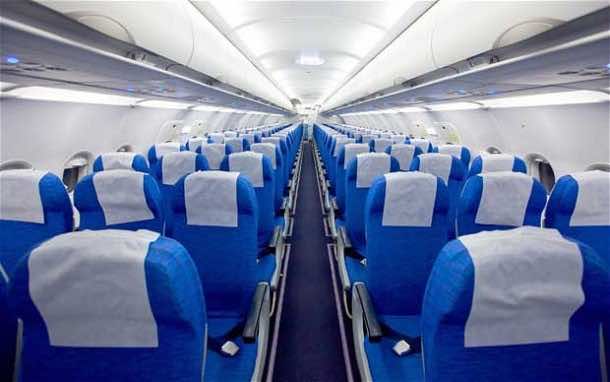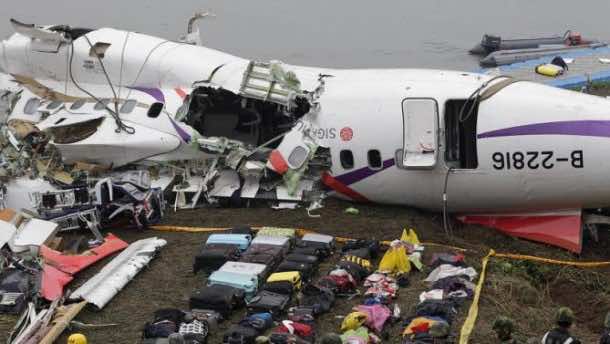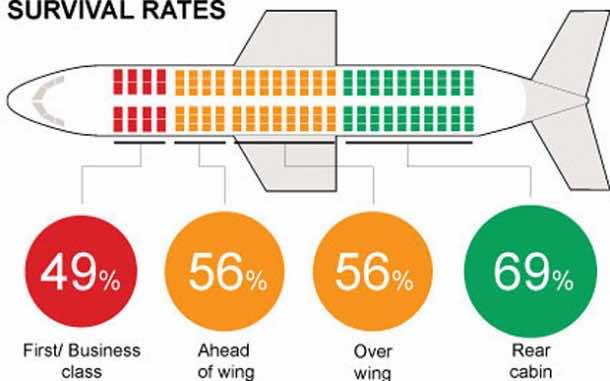Does it make any sense if scientists intentionally fly an unmanned Boeing 737 into the ground? Sounds very absurd, right? But this did happen back in 2012 and for a very important reason actually. The aircraft was crashed in the Mexican desert in order to gain a better understanding of how people survive plane crashes.
The results of this bizarre experiment unfolded some interesting information. As it turns out, the seating position in plane plays a great role between you dying and walking away from a crash with a minor headache. Before we dive into the details, let’s first clear one thing; airplanes are by far one of the safest forms of transportation. The chances of dying in a car accident are one in 5,000 while plane crash death chances are about one in 11 million.

The way airplanes crash, however, changes how certain parts of their body absorb more impact as compared to other parts. The greatest force is experienced by the cockpit – in case of a nose dive – and tears the cabin away almost right away. While the plane’s momentum takes it further away, the first class is exposed to very serious injuries that ranges from whiplash to high-speed impact to extreme pressure on vulnerable joints. For instance, the seat 7A during the experiment was found about 500ft away from the crash site.
Once you, however, move towards the rear of the plane, the chances of you dying decrease greatly. The crash dummies located at the middle of the plane closer to the exit rows were subjected to minor head injuries only. The dummy not wearing the seatbelt incurred more damage because of getting jostled around.

The team concluded that the safest place in an airplane to be during a crash is the far back of the plane. It is located away from the point of the impact and still enjoys access to the exit rows for hurried escapes.
According to an analysis that was carried out by the TIME magazine stated that the safest places to be in an airplane are the middle seats located towards the plane’s back. According to the data, people in those seats were faced with death 28% of the time while people seated further up had a death rate of 40%.
As a concluding note, we would like to state that the kind of crash the aircraft experiences can greatly alter this study. The study is based on a nosedive kind of crash, whereas a tail-spin crash would have totally different results. Fly safe!



Ask for a business card from the police officer who
investigated the traffic scene. A personal injury training course can enable you to specialise in this
niche market or broaden your experience and qualifications to cover a wider
spectrum of legal issues. The legal code could be a convoluted
and confusing thing to grasp.